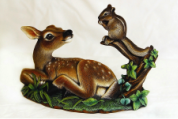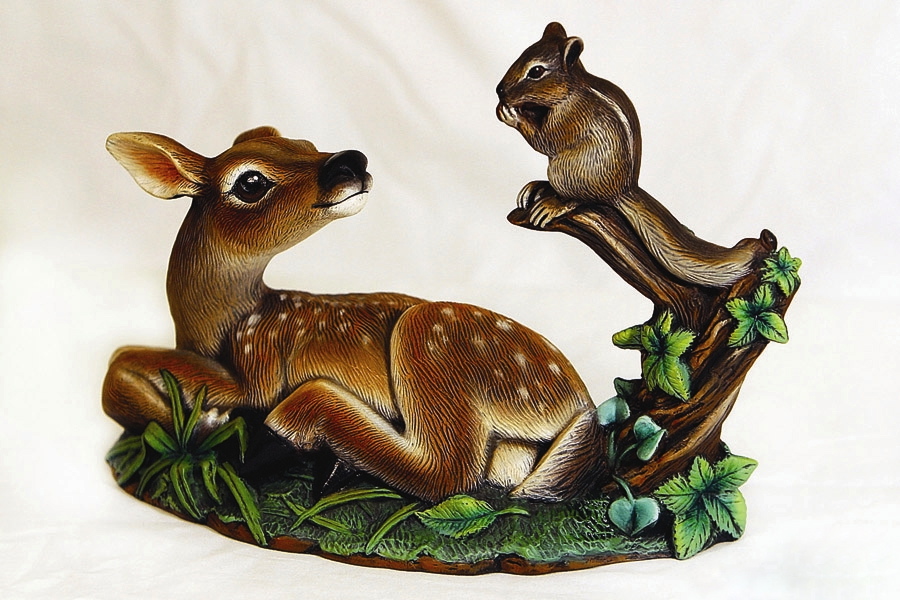|
Putting text on things can be intimidating. Here are a few options and tips that help me.
Options: Many options listed below that may work for text. There is a lot of information on the internet about how to use each specifically. Carving:
Stamps: – use a stamp to apply the color on greenware / bisque / glass using fired or non fired products. Coat stamp with acrylic or underglaze color for text using a brush or sponge, then firmly press stamp on smooth area of piece and carefully lift off.) Stencils – use them to airbrush, sponge or trace with on greenware / bisque / glass, with fired or non fired products. Screen Print – purchase a pre made screen or create your own, variety of options to apply on any surface. Easier than you think you can do it at home. (kits available through Colors For Earth) Scratching text - in with a scraffito tool through underglaze / glass color (done by removing the color) on greenware / bisque / glass Baked on Sharpie - on glaze, (bake at 425 in home oven 30 min) or on acrylic surface. Tracing images / text on your piece: Use Contact paper, Carbon paper or tissues paper. https://www.youtube.com/watch?v=JaHDNOCnGqQ Underglaze Options:
Free Hand: I almost always just paint free hand, and occasionally use a stamp if it's a specific /cute text or logo, picture etc. I have used a decal when it's a quote or verse or large amount of text. See tips below for help. Tips: - I measure the area to determine size and placement - do I want it all in a straight line, broken into two lines, angled or straight, centered etc. - I always write it out first on paper to see first to see how it will look. You can even put a little of your base coat color on the paper itself and when dry - experiment with different colors of text and styles of text - printing, cursive etc. You can cut this out and lay on your piece if you need more help visualizing what it will look like on your piece. - When working with Non fired products like acrylics I Prep the area. If I put a lot of work into the base area under the writing, I don't want to have to redo it if I make a mistake with a letter, so I will usually prep that area first to be sure it's easily wipeable. Flat paint - like just an acrylic base coat will immediatly absorb any paint put over it, so it can not be wiped off - you usually have to repaint and usually it takes a couple of coats if you are writing dark text over a light base and this can then become lumpy. So, to avoid this, I will either - 1. Antique the area. Depending on what you are working on, antiquing the surface will not only create a cool shaded look, but it will also seal that area. The oil in the antique naturally repels acrylic "water based" paints, so until the paint has completely dried and "set" it will wipe off very easily. I use damp paper towel and if the color appears to be smearing or not removing clean, a wet wipe will usually do the trick and it doesn't bother the antiqued base area underneath unless you use a forceful scrubbing motion, which isn't necessary. Once you are done, spray your piece and that will seal the acrylic text over any oil based antique to keep it from scratching off. I have never had any problems with this. 2. You can also Lightly spray the area with Matte Spray and allow it to dry before writing on it if you don't want the antiqued look. This seals the surface making it easy to wipe off. Then spray again to see letters. When working with fired products - I try to think through the fact that I will be putting text in an area and realize that I may need to wipe letters off- and how that will impact the area below. If mistakes are a fear, You might consider firing an underglaze area on first before painting text on so text can wipe off with damp sponge if needed without messing up base because it's already fired. Then finally when I am ready to apply the text: - Guide Lines: If needed to keep the writing straight or measured in a certain space, I will draw on any guide lines (bottom guide, height mark or start and stop marks) that might help with a water color fine tip marker. (You can get these from the office supply store, we use these to apply patterns on. Looks like a sharpie, but this marker will wash off easily with damp rag or completely fire out in the kiln.) For acrylics, wash the line off once your painted text is dry. Be sure you paint the text with something that will not wipe off - don't use a translucent. If you are using fired products, the water color marker will fire off without leaving residue. Sometimes I even draw on the text with the water color marker to see how it will look and get it exactly as I want it to use as a guide. Then I paint over the top of it with my acrylic, sharpie etc. - Decide what you will use to write / paint the text on with. You can use a sharpie marker if appropriate for your area, they come in all colors, but remember they are permanent - so you can't wipe them off if you make a mistake If you are very quick you may be able to get it off over a prepared surface, but keep in mind that this could be a problem. (But if you drew your text on with a washable marker first and you are simply tracing now with your sharpie to make it permanent, there may be less chance of making a mistake. I use my 10/0 liner loaded with paint slightly thinned with water which makes it flow more easily. Longer liners hold more paint and can help the text flow more smoothly, but can tend to get away from you and the tip can flip if you are not used to using this type of brush, so a shorter liner may be a better choice for you. Another great brush to use is the Kala Ultimate Scroller. (Get this from Colors For Earth) This is an amazing brush and has a tuft of squirrel hair in the top near the ferrule that acts as a reservoir, holding extra paint so you can write longer without picking up your line to reload your brush. They use this type of brush to detail scroll work on cars. Hope that helps, Happy Painting! Shelley |
Shelley Long
Ceramic Artist & Teacher 
_I will share various tips for painting on this page, I hope you enjoy
them! Please feel free to ask questions or comment, it's always nice to
hear from other painters and I am happy to help any way I can! I will be adding various technique packages to the online store and when I
do I will post an update here to let you know a technique has been
added. Check back soon tips !
God Bless & Happy Painting! Shelley Receive Updates
program for scheduling - by BookFresh Categories
All
Archives
March 2016
Back to
|








